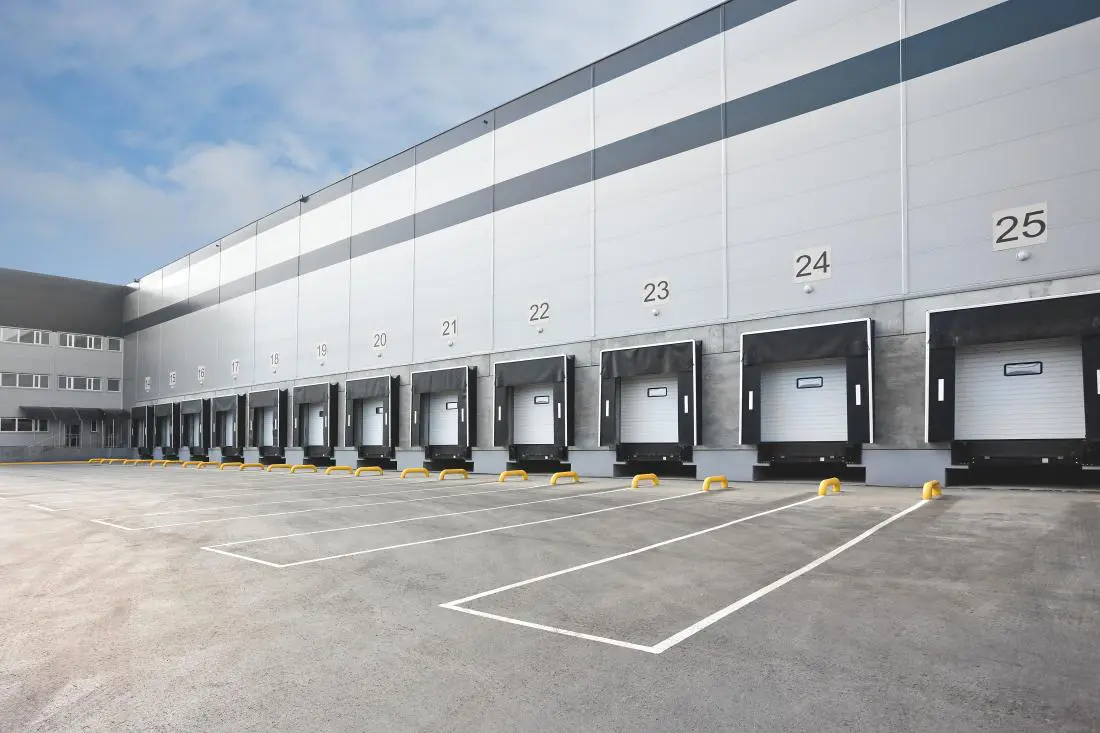Impact of the pandemic on the warehouse market in Poland
21 april 2020

Contents
On 20 April polish goverment gave permition to access forests and parks and outdoor recreational activities. The second phase of changes foresees the opening of DIY stores at weekends, as well as hotels and other accommodation places, and some cultural facilities. The third phase will include the opening of stores in shopping centres, F&B facilities, beauty and hair salons, while the fourth phase will see the opening of gyms, fitness clubs, massage salons and solaria, and cinemas and theatres. The dates for moving forward to the next phases have not been given yet and will depend on the spread of the coronavirus.
According to Oxford Economics, the introduction of severe containment measures against the coronavirus will cause a significant disruption to the economic activity in Poland in H1 2020, but a strong recovery is forecasted in H2 2020. As a result, Poland’s GDP will broadly stagnate in 2020, rising just 0.1% (a 3% cut from our pre-coronavirus forecast), whereas in 2021 the recovery could show growth picking up to 4.4%.
Warehouse sector
The situation on the warehouse market in Poland remains relatively stable. Adjustment processes currently dominate - securing the health of employees and adjusting levels of inventories in order to secure the liquidity of supplies, especially in terms of essential product groups. Cushman & Wakefield expects take-up in Q1 2020 to remain positive, powered by the robust occupier activity in the period preceding the pandemic outbreak in Poland.
As the occupier market is quite diversified, the further COVID-19 impact will depend on the tenant category. Tenants who are currently affected the most include retailers and automotive industry companies. However, on the other hand, there are couriers seeing the number of parcel services exceeding the pre-Christmas period and occupiers active in online channels who have also increased their sales. Some of these trends are short-term, but some will also continue after the lockdown.
We anticipate that the construction works started at the beginning of the first quarter of this year will continue. Currently, there is over 1.9 million sqm of warehouse space under construction in Poland, a large part of which is under lease negotiations. Speculative investments account for about 40-50% of the new development pipeline.
According to the experts of Cushman & Wakefield, developers will most probably rethink their development plans, especially with regard to speculative investments, due to the uncertainty regarding the situation in the future and the expected economic slowdown. Some processes, especially in the short-term, may be suspended and companies will be carefully watching the market. At the same time, entities that have made strategic decisions on long-term investments will not discontinue projects to maintain financial liquidity.
Cushman & Wakefield forecasts
As the current situation is developing rapidly, it is difficult to exactly predict the impact the COVID-19 pandemic will have on the property market in Poland.
Thanks to very strong fundamentals, the Polish warehouse market is likely to maintain its growth momentum in the long run. Today’s customers’ switch to the online mode will translate into their subsequent behaviour, which will in turn have a positive impact on demand for warehouse space. Another catalyst for further growth could be the relocation of some production from Asia to Europe and the desire to keep it here, closer to places of consumption. This is a great opportunity for the CEE region, which remains competitive compared with Western Europe in terms of rental rates and labour costs.

